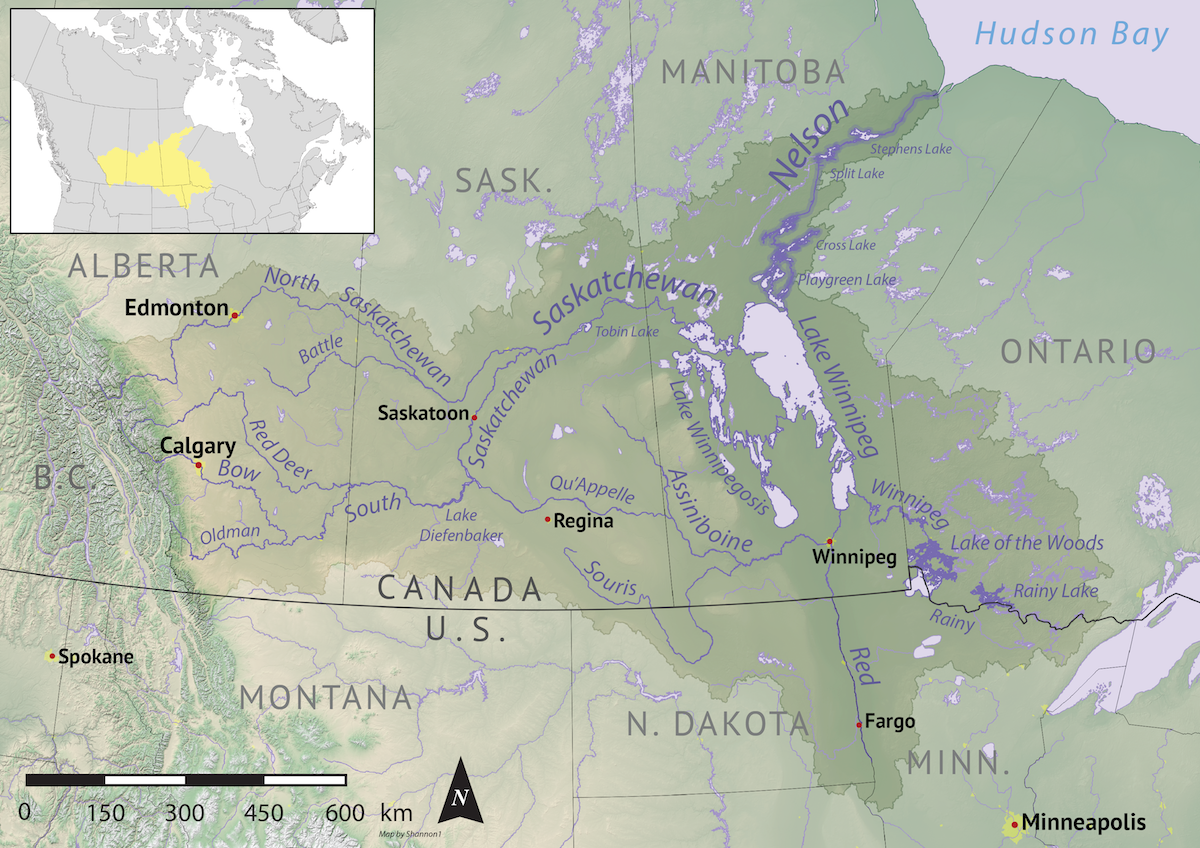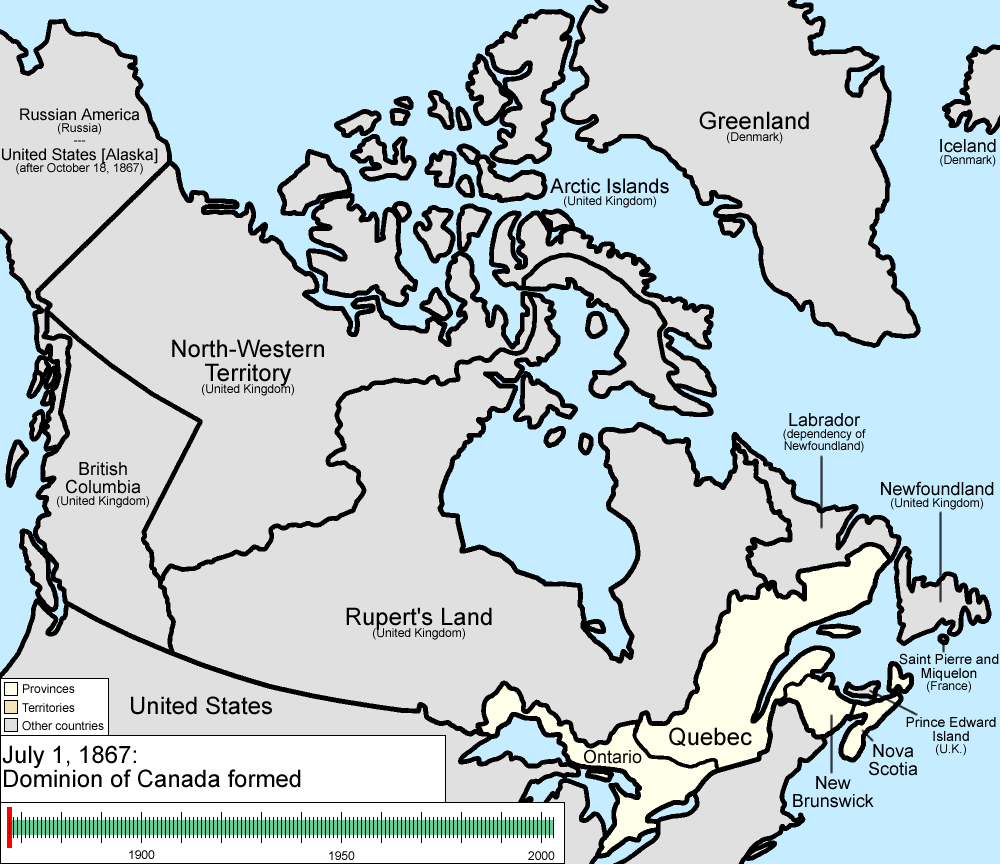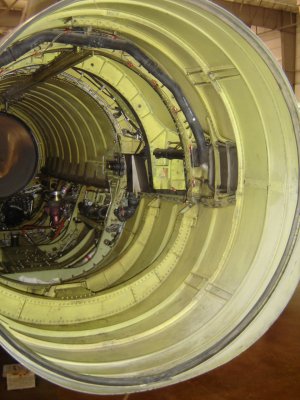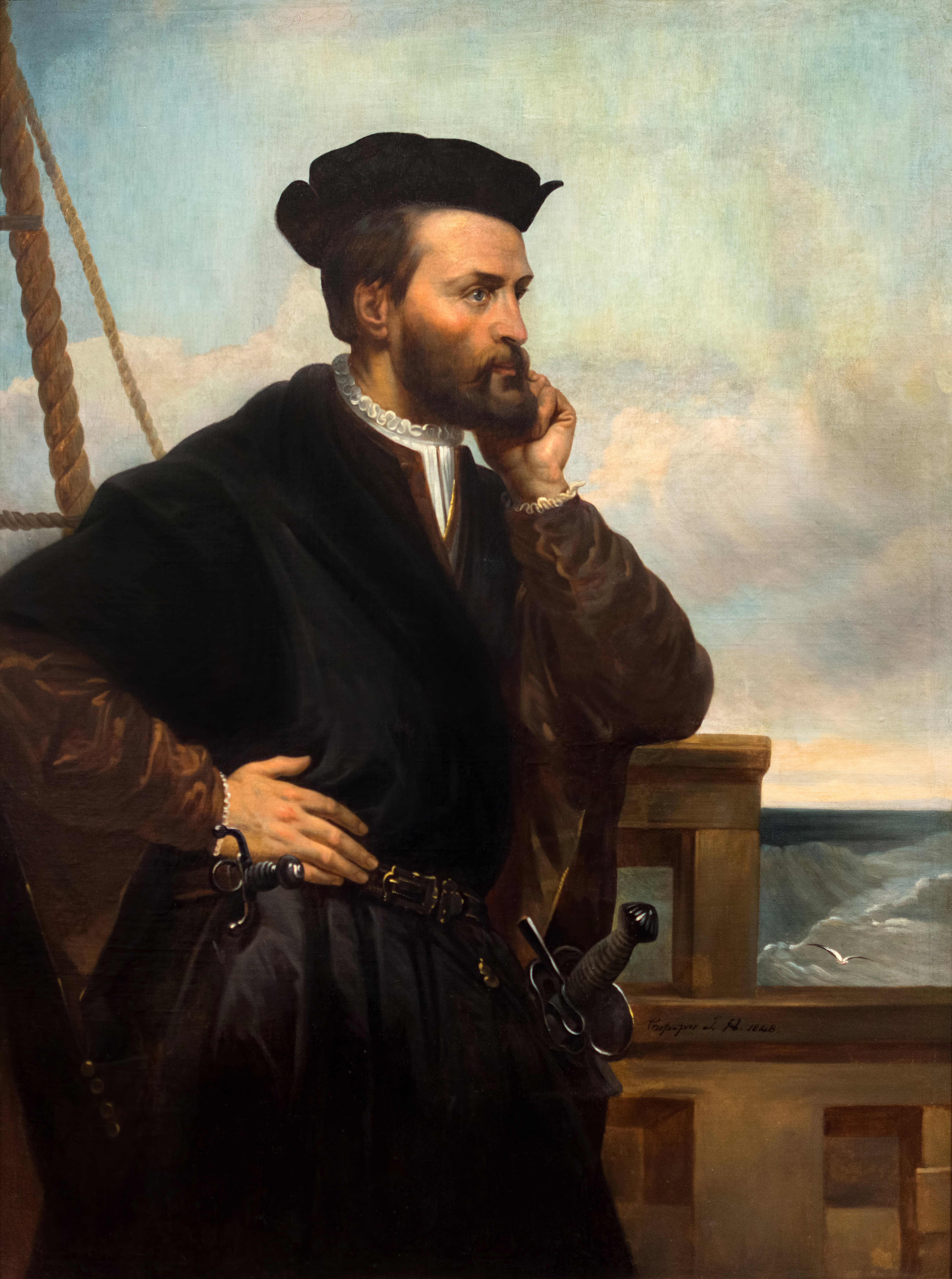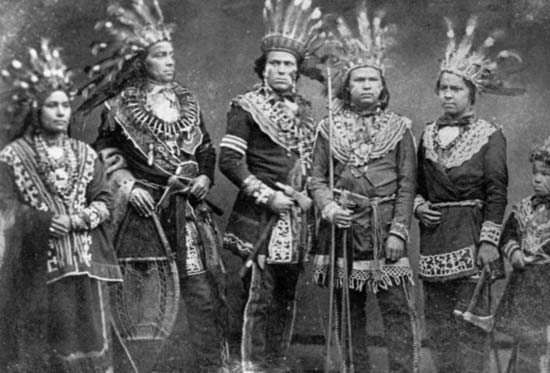|
Notre-Dame-de-Lourdes, Manitoba
Notre Dame de Lourdes is an unincorporated community recognized as a local urban district in the Municipality of Lorne within the Canadian province of Manitoba that held village status prior to January 1, 2015. It is located within the Central Plains Region, 100 km southwest of Winnipeg. The community had a population of 683 inhabitants in the 2011 census, an increase of 16.0% from the 589 inhabitants during the 2006 census. The community's name (English: Our Lady of Lourdes) is a reference to the Marian apparition that is said to have appeared before Saint Bernadette in Lourdes, France. History The site of Notre-Dame-de-Lourdes lies in Ojibwa country. Canadian pioneer explorer Pierre Gaultier de Varennes et de la Vérendrye traveled through the area in 1738 while seeking to establish a route to the western oceans. The first settlers, from present-day Quebec Quebec ( ; )According to the Government of Canada, Canadian government, ''Québec'' (with the acute acce ... [...More Info...] [...Related Items...] OR: [Wikipedia] [Google] [Baidu] |
Area Codes 204 And 431
Area codes 204, 431, and 584 are telephone area codes in the North American Numbering Plan (NANP) for the entire Canadian province of Manitoba. Area code 204 is one of the original North American area codes assigned in 1947, and 431 and 584 are area codes that overlay the entire numbering plan area (NPA). The incumbent local exchange carrier for the area codes is Bell MTS. In 2009, the Canadian Numbering Administrator forecast that area code 204 would be exhausted within a few years even though there are only 1.2 million people in the entire province. An area code provides about 7.8 million telephone numbers, Canada uses an allocation scheme that allots all 10,000+ numbers of a central office prefix to competitive local exchange carriers even for the smallest hamlets. Canada does not implement number pooling. Therefore, once a number is allocated to a rate centre, it cannot be reassigned elsewhere even if a rate centre has more than enough numbers to service it. The number exhaus ... [...More Info...] [...Related Items...] OR: [Wikipedia] [Google] [Baidu] |
Pierre Gaultier De Varennes, Sieur De La Vérendrye
Pierre Gaultier de Varennes, sieur de La Vérendrye (17 November 1685 – 5 December 1749) was a French Canadian military officer, fur trader, and explorer. In the 1730s, he and his four sons explored the area west of Lake Superior and established trading posts there. They were part of a process that added Western Canada to the original New France territory that was centred along the Saint Lawrence basin. He was the first known European to reach present-day North Dakota and the upper Missouri River in the United States. In the 1740s, two of his sons crossed the prairie as far as present-day Wyoming, United States and were the first Europeans to see the Rocky Mountains north of New Mexico. Early life Born in Trois-Rivières, New France, Pierre was the eldest son of René Gaultier de Varennes, who came to Canada as a soldier in 1665, and Marie, the daughter of Pierre Boucher, the first Governor of Trois-Rivières. The Gaultier family were minor nobility or landowne ... [...More Info...] [...Related Items...] OR: [Wikipedia] [Google] [Baidu] |
Manitoba Communities With Majority Francophone Populations
, image_map = Manitoba in Canada 2.svg , map_alt = Map showing Manitoba's location in the centre of Southern Canada , Label_map = yes , coordinates = , capital = Winnipeg , largest_city = Winnipeg , largest_metro = Winnipeg Region , official_lang = English , government_type = Parliamentary constitutional monarchy , Viceroy = Anita Neville , ViceroyType = Lieutenant Governor , Premier = Heather Stefanson , Legislature = Legislative Assembly of Manitoba , area_rank = 8th , area_total_km2 = 649950 , area_land_km2 = 548360 , area_water_km2 = 101593 , PercentWater = 15.6 , population_demonym = Manitoban , population_rank = 5th , population_total = 1342153 , population_as_of = 2021 , population_est = 1420228 ... [...More Info...] [...Related Items...] OR: [Wikipedia] [Google] [Baidu] |
Local Urban Districts In Manitoba
Local may refer to: Geography and transportation * Local (train), a train serving local traffic demand * Local, Missouri, a community in the United States * Local government, a form of public administration, usually the lowest tier of administration * Local news, coverage of events in a local context which would not normally be of interest to those of other localities * Local union, a locally based trade union organization which forms part of a larger union Arts, entertainment, and media * ''Local'' (comics), a limited series comic book by Brian Wood and Ryan Kelly * ''Local'' (novel), a 2001 novel by Jaideep Varma * Local TV LLC, an American television broadcasting company * Locast, a non-profit streaming service offering local, over-the-air television * ''The Local'' (film), a 2008 action-drama film * '' The Local'', English-language news websites in several European countries Computing * .local, a network address component * Local variable, a variable that is given l ... [...More Info...] [...Related Items...] OR: [Wikipedia] [Google] [Baidu] |
Former Villages In Manitoba
A former is an object, such as a template, gauge or cutting die, which is used to form something such as a boat's hull. Typically, a former gives shape to a structure that may have complex curvature. A former may become an integral part of the finished structure, as in an aircraft fuselage, or it may be removable, being using in the construction process and then discarded or re-used. Aircraft formers Formers are used in the construction of aircraft fuselage, of which a typical fuselage has a series from the nose to the empennage, typically perpendicular to the longitudinal axis of the aircraft. The primary purpose of formers is to establish the shape of the fuselage and reduce the column length of stringers to prevent instability. Formers are typically attached to longerons, which support the skin of the aircraft. The "former-and-longeron" technique (also called stations and stringers) was adopted from boat construction, and was typical of light aircraft built until the ... [...More Info...] [...Related Items...] OR: [Wikipedia] [Google] [Baidu] |
Designated Places In Manitoba
Designation (from Latin ''designatio'') is the process of determining an incumbent's successor. A candidate that won an election for example, is the ''designated'' holder of the office the candidate has been elected to, up until the candidate's inauguration. Titles typically held by such persons include, amongst others, "President-elect", and " Prime Minister-designate". See also * Acting (law) * -elect * Nominee * President-elect of the United States The president-elect of the United States is the candidate who has presumptively won the United States presidential election and is awaiting inauguration to become the president. There is no explicit indication in the U.S. Constitution as to whe ... * Prime Minister-designate References International law Legal terminology {{international-law-stub ... [...More Info...] [...Related Items...] OR: [Wikipedia] [Google] [Baidu] |
Central Plains Region, Manitoba
The Central Plains Region (french: Région des plaines centrales) is an informal geographic region of the Canadian province of Manitoba located in the south central part of the Canadian province of Manitoba, directly west of Winnipeg. Its major urban centre is the City of Portage la Prairie. Together with the Pembina Valley Region to the south, the Central Plains Region composes the broader cultural region of Central Manitoba. Geographically, the region is considered to be a part of southern Manitoba, and is serviced by the Southern Regional Health Authority. As of the 2016 census, the region had a population of 50,300 (compared to 48,289 in the 2001 census). Major communities * Portage la Prairie (city) Rural municipalities and communities First Nations and reserves * Dakota Plains First Nation ( Dakota Plains 6A, Dakota Tipi 1) * Long Plain First Nation * Sandy Bay 5 Points of interest *Parks and wetlands ** Delta Marsh **Portage Spillway Provincial Park ** ... [...More Info...] [...Related Items...] OR: [Wikipedia] [Google] [Baidu] |
Rhayne Vermette
Rhéanne Vermette (born 1982), known professionally as Rhayne Vermette, is a Métis filmmaker from Canada. She is most noted for her 2021 film ''Ste. Anne'', which won the Amplify Voices award for Best Canadian Film at the 2021 Toronto International Film Festival. Originally from Notre-Dame-de-Lourdes, Manitoba, , February 17, 2021. Vermette studied architecture at the |
Statistics Canada
Statistics Canada (StatCan; french: Statistique Canada), formed in 1971, is the agency of the Government of Canada commissioned with producing statistics to help better understand Canada, its population, resources, economy, society, and culture. It is headquartered in Ottawa.Statistics Canada, 150 Tunney's Pasture Driveway Ottawa, Ontario K1A 0T6; Statistique Canada 150, promenade du pré Tunney Ottawa, Ontario K1A 0T6 The agency is led by the chief statistician of Canada, currently Anil Arora, who assumed the role on September 19, 2016. StatCan is responsible to Parliament through the Minister of Innovation, Science and Industry, currently François-Philippe Champagne. Statistics Canada acts as the national statistical agency for Canada, and Statistics Canada produces statistics for all the provinces as well as the federal government. In addition to conducting about 350 active surveys on virtually all aspects of Canadian life, the ''Statistics Act'' mandates that Statisti ... [...More Info...] [...Related Items...] OR: [Wikipedia] [Google] [Baidu] |
2021 Canadian Census
The 2021 Canadian census was a detailed enumeration of the Canadian population with a reference date of May 11, 2021. It follows the 2016 Canadian census, which recorded a population of 35,151,728. The overall response rate was 98%, which is slightly lower than the response rate for the 2016 census. It recorded a population of 36,991,981, a 5.2% increase from 2016. Planning Consultation on census program content was from September 11 to December 8, 2017. The census was conducted by Statistics Canada, and was contactless as a result of the COVID-19 pandemic in Canada. The agency had considered delaying the census until 2022. About 900 supervisors and 31,000 field enumerators were hired to conduct the door-to-door survey of individuals and households who had not completed the census questionnaire by late May or early June. Canvassing agents wore masks and maintained a physical distance to comply with COVID-19 safety regulations. Questionnaire In early May 2021, Statistics Ca ... [...More Info...] [...Related Items...] OR: [Wikipedia] [Google] [Baidu] |
Quebec
Quebec ( ; )According to the Government of Canada, Canadian government, ''Québec'' (with the acute accent) is the official name in Canadian French and ''Quebec'' (without the accent) is the province's official name in Canadian English is one of the thirteen provinces and territories of Canada. It is the List of Canadian provinces and territories by area, largest province by area and the second-largest by Population of Canada by province and territory, population. Much of the population lives in urban areas along the St. Lawrence River, between the most populous city, Montreal, and the provincial capital, Quebec City. Quebec is the home of the Québécois people, Québécois nation. Located in Central Canada, the province shares land borders with Ontario to the west, Newfoundland and Labrador to the northeast, New Brunswick to the southeast, and a coastal border with Nunavut; in the south it borders Maine, New Hampshire, Vermont, and New York (state), New York in the United ... [...More Info...] [...Related Items...] OR: [Wikipedia] [Google] [Baidu] |
Ojibwe People
The Ojibwe, Ojibwa, Chippewa, or Saulteaux are an Anishinaabe people in what is currently southern Canada, the northern Midwestern United States, and Northern Plains. According to the U.S. census, in the United States Ojibwe people are one of the largest tribal populations among Native American peoples. In Canada, they are the second-largest First Nations population, surpassed only by the Cree. They are one of the most numerous Indigenous Peoples north of the Rio Grande. The Ojibwe population is approximately 320,000 people, with 170,742 living in the United States , and approximately 160,000 living in Canada. In the United States, there are 77,940 mainline Ojibwe; 76,760 Saulteaux; and 8,770 Mississauga, organized in 125 bands. In Canada, they live from western Quebec to eastern British Columbia. The Ojibwe language is Anishinaabemowin, a branch of the Algonquian language family. They are part of the Council of Three Fires (which also include the Odawa and Potawatomi) ... [...More Info...] [...Related Items...] OR: [Wikipedia] [Google] [Baidu] |
